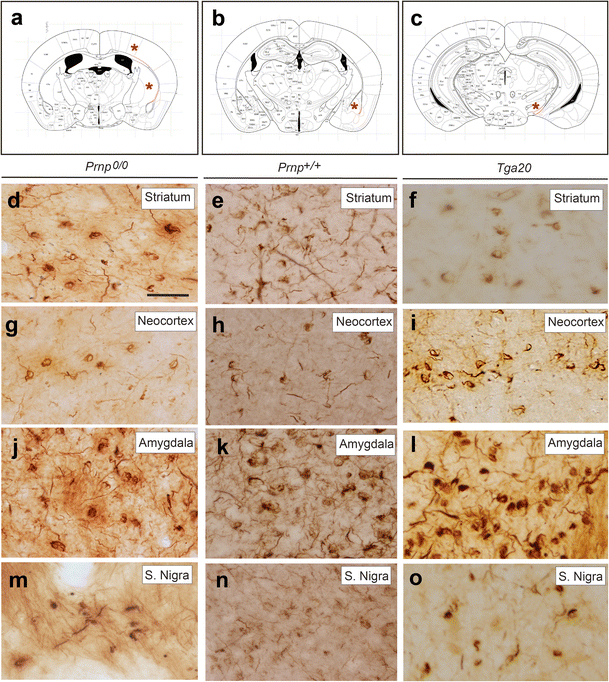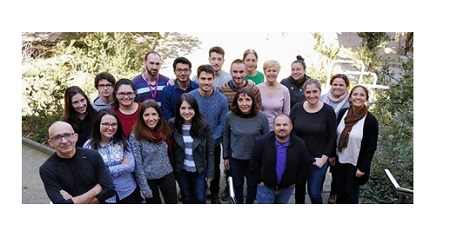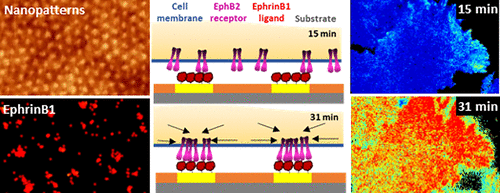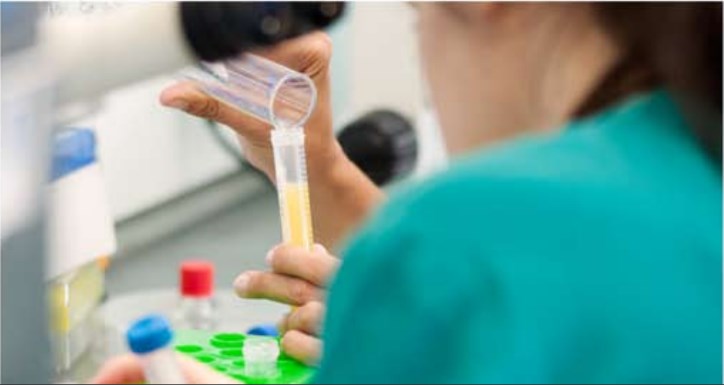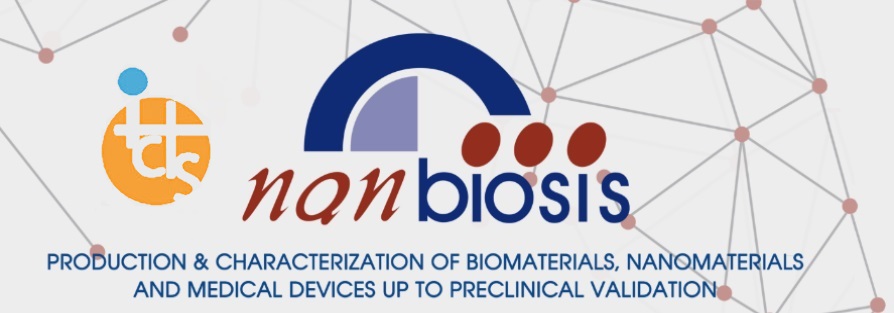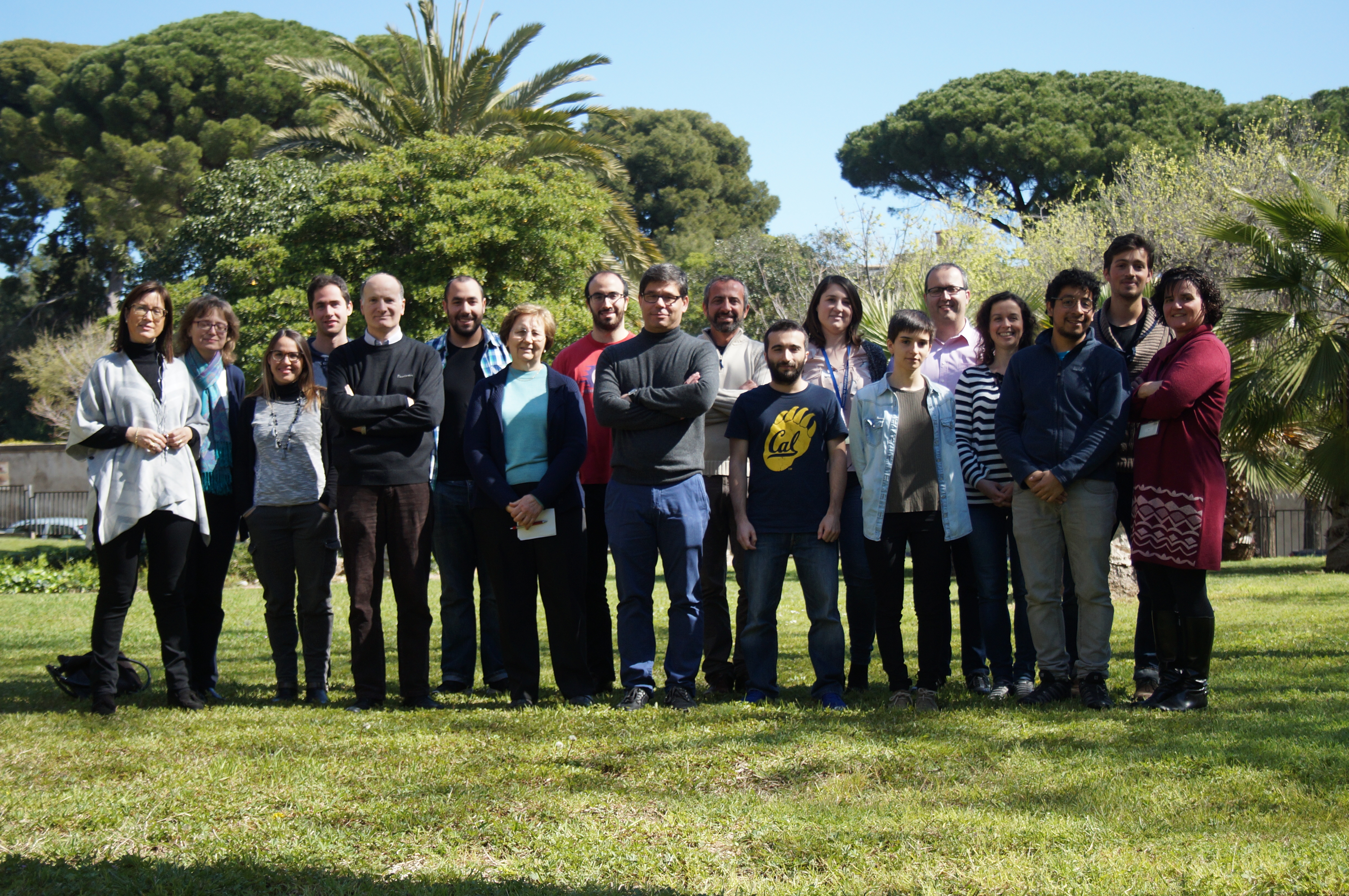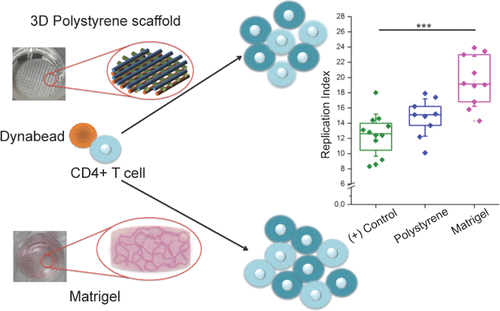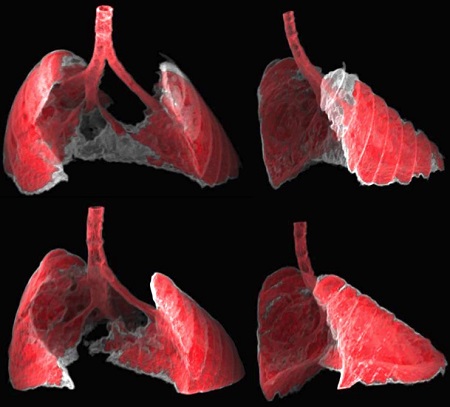Manuel Souto received UAB PhD Extraordinary Award
Jaume Veciana and Imma Ratera (NANBIOSIS U6 Biomaterial Processing and Nanostructuring Unit) have supervised Manuel Souto’s PhD thesis entitled “Multifunctional Materials based on TTF-PTM dyads: towards new Molecular Switches, Conductors and Rectifiers”.
The School for Doctoral Studies, together with UAB Alumni, organises an event every semester for the award of PhD degrees and PhD special prizes. With 66 PhD programmes, the UAB is one of the leading Catalan universities in the production of theses and generates approximately a third of the doctoral theses that are defended in the Catalan university system each year. The PhD special prizes confer value to theses which have received the qualification of excellence “Cum Laude” and which, having been proposed by the Admissions Committee of each academic programme, stand out for their contribution and advance in the different areas of our University.The prizes are awarded per academic year, in accordance with PhD regulations and with the criteria specified in each PhD programme.










